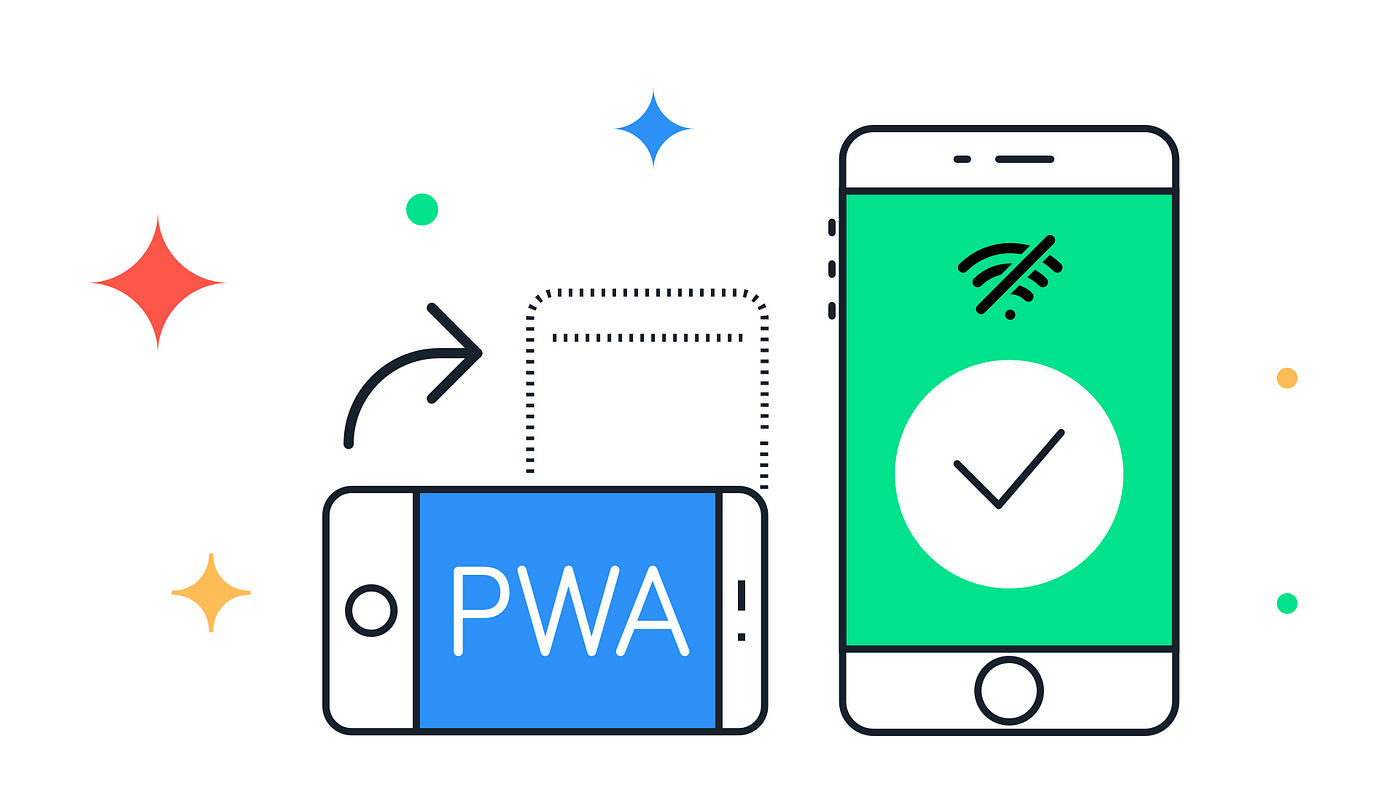
When it comes to website development, there is always something new to learn. With the rise of new technology, there are always new trends and developments that can impact the way we build and manage our websites. One such trend that has been gaining a lot of traction in recent years is the Progressive Web App (PWA).
PWAs are a type of web application that offers a native app-like experience to users. They are designed to work offline, be responsive on all devices, and load quickly. In other words, they offer the best of both worlds – the convenience of a web app with the performance of a native app.
So if you’re looking to improve your website’s performance and user experience, migrating to a PWA is a great option. In this comprehensive guide, we’ll show you everything you need to know about PWAs and how to migrate your website into one.

What is a Progressive Web App?
A Progressive Web App (PWA) is a type of web application that offers a native app-like experience to users. They are designed to work offline, be responsive on all devices, and load quickly. In other words, they offer the best of both worlds – the convenience of a web app with the performance of a native app.
In order to be considered a PWA, an app must meet certain criteria set by Google. These include:
- being served over HTTPS
- having a Web App Manifest
- being responsive on all devices
- being able to load offline
- having a service worker
If an app meets all these criteria, it can be considered a PWA. However, there are also some additional features that can make a PWA even better. These include push notifications and the ability to access hardware like the camera and geolocation.
PWAs were first introduced by Google in 2015, and since then they have been gaining a lot of popularity. For example, many big-name companies have started using PWAs for their websites, including Twitter, Uber, Pinterest, and Lancôme.
Why Migrate to a PWA?
There are many reasons why you might want to migrate your website to a PWA. PWAs offer a number of benefits that can improve both the performance and user experience of your website.
Some of the most notable benefits of PWAs include:
- Improved Performance – According to a custom web design company in San Antonio, PWAs are designed to be fast and responsive. They load quickly, even on slow internet connections, and they can work offline. This makes them much faster and more reliable than traditional web apps.
- Better User Experience – Thanks to their native app-like features, PWAs offer a much better user experience than traditional web apps. For example, users can add PWAs to their home screen for quick and easy access, just like a native app.
- Increased Engagement – PWAs can help you increase engagement with your website. Thanks to features like push notifications, users are more likely to return to a PWA than a traditional web app.
- More Affordable – PWAs are also more affordable to develop and maintain than native apps. This is because you only need to develop one PWA that can work on all devices, instead of developing separate versions for each platform.
How to Migrate Your Website into a PWA?
If you’re interested in migrating your website into a PWA, there are a few things you need to do. First, you need to make sure your website meets the criteria for being a PWA. Then, you need to create a Web App Manifest and service worker. Finally, you need to deploy your PWA.
Let’s take a closer look at each of these steps.
- Make sure your website meets the criteria for being a PWA.
As we mentioned earlier, there are certain criteria that a website must meet in order to be considered a PWA. These include being served over HTTPS, having a Web App Manifest, being responsive on all devices, and being able to load offline.
If your website doesn’t currently meet all these criteria, don’t worry – there are ways to change that. For example, you can convert your website from HTTP to HTTPS by getting an SSL certificate. You can also make your website more responsive by using a responsive web design.
- Create a Web App Manifest.
The next step is to create a Web App Manifest. This is a simple JSON file that tells the browser how your PWA should work. It includes things like the name of your app, the icons you want to use, and the URL of your app’s start page.
Creating a Web App Manifest is relatively simple. You can find a detailed tutorial on how to do it here.
- Create a service worker.
A service worker is a script that runs in the background and handles tasks like caching and push notifications. In order to be considered a PWA, your app must have a service worker registered.
Creating a service worker is a bit more complex than creating a Web App Manifest. However, there are many tutorials and libraries available that can make the process easier. For example, Google provides a library called Workbox that makes it easy to create and register service workers.

- Deploy your PWA.
Once you’ve created your Web App Manifest and service worker, you’re ready to deploy your PWA. There are various ways to do this, but the easiest way is to use a hosting platform like Netlify or GitHub Pages.
These platforms will take care of all the details for you, so all you need to do is upload your files. Once your PWA is deployed, users will be able to access it just like any other website.
Conclusion
Migrating your website into a PWA can have many benefits, including improved performance, increased engagement, and lower development costs. If you’re interested in migrating your website into a PWA, follow the steps outlined in this article. With a little work, website development companies like Quacito LLC can convert your website into a powerful Progressive Web App.


